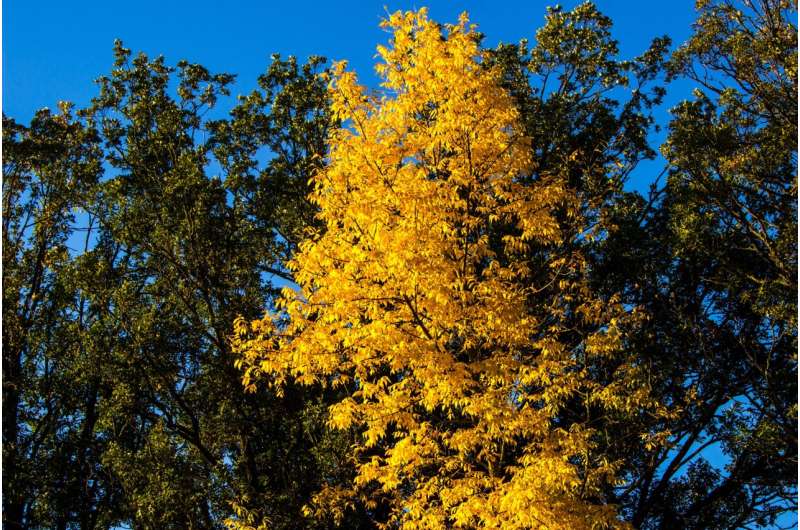
The ability of a forest to regenerate depends on seed production. The Duke University researchers found that by providing foresters with new guidance on which trees produce more seeds and how their productivity can vary from location to location, recovery and replanting could be boosted.
Knowing which species produce more seeds and in which habitats helps us better understand how to manage for seed trees and maximize forest regeneration, especially in areas where seed is limited.
Clark's studies were published in Nature Communications and Ecology Letters.
The studies come at a time of growing concern about the ability of many forests to recover from the effects of climate change and increased harvesting to meet growing human demand for wood and other timber products.
On April 25, the Biden Administration announced a new initiative in which the departments of Agriculture and Interior will team with states, tribes, and the private sector to increase federal cone and seed collection and seedling nursery capacity, with the goal of expanding forest replanting programs, especially in Western timberlands burnt by recent
Clark said that their findings, which are the first to establish global patterns in tree seed production and quantify how many seeds different species produce under different conditions, could be very useful for these types of forest management and renewal initiatives worldwide.
The studies show how tree fecundity and seed supply contribute to forest regeneration and biodiversity in different climates. Understanding how forest species respond to losses is essential to understanding the evolution of forest species.
The studies show that trees in the wet tropics produce 250 times more seeds than those in the dry forests.
The fact that there are more big trees in the wet tropics and they produce more seeds than smaller trees may explain why species interactions are so intense in tropical forests.
There is a finding that seed production is not constrained by seed size. It's not true that species that produce larger seeds must produce proportionately fewer of them and be more susceptible to loss.
Clark said that trees with larger seeds produce more than previously thought. The big-seed species are generating more reproductive output when you divide the number of seeds by seed size.
Gymnosperms, or conifers, have lower seed production than angiosperms, or flowering trees, possibly because they spend so much energy on making protective cones for their seeds. Clark said that knowing this can help guide the replanting and management of the Western forests.
It may yield a clue to help solve the "abominable mystery" of why so many species of flowering plants developed during the Cretaceous Period.
This is the first time we have evidence that links seed production to species fitness.
More information: Tong Qiu et al, Limits to reproduction and seed size-number trade-offs that shape forest dominance and future recovery, Nature Communications (2022). DOI: 10.1038/s41467-022-30037-9The fecundity of the tree exceeds the productivity. There is a DOI for 10.1111/ele.14012
Journal information: Nature Communications , Ecology Letters